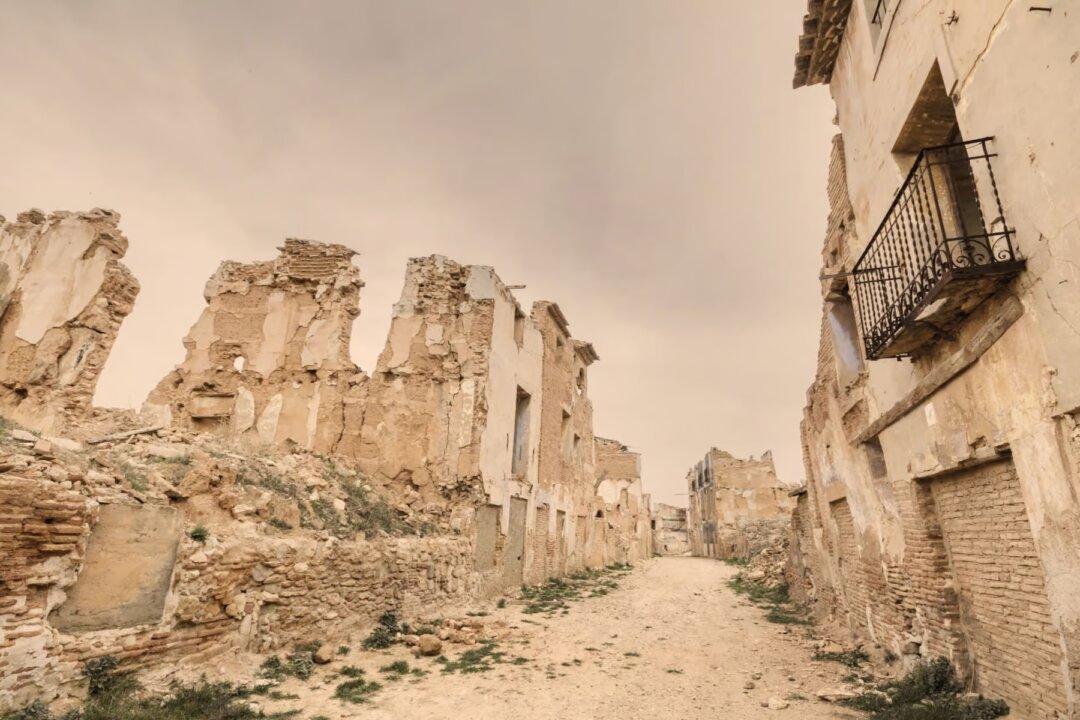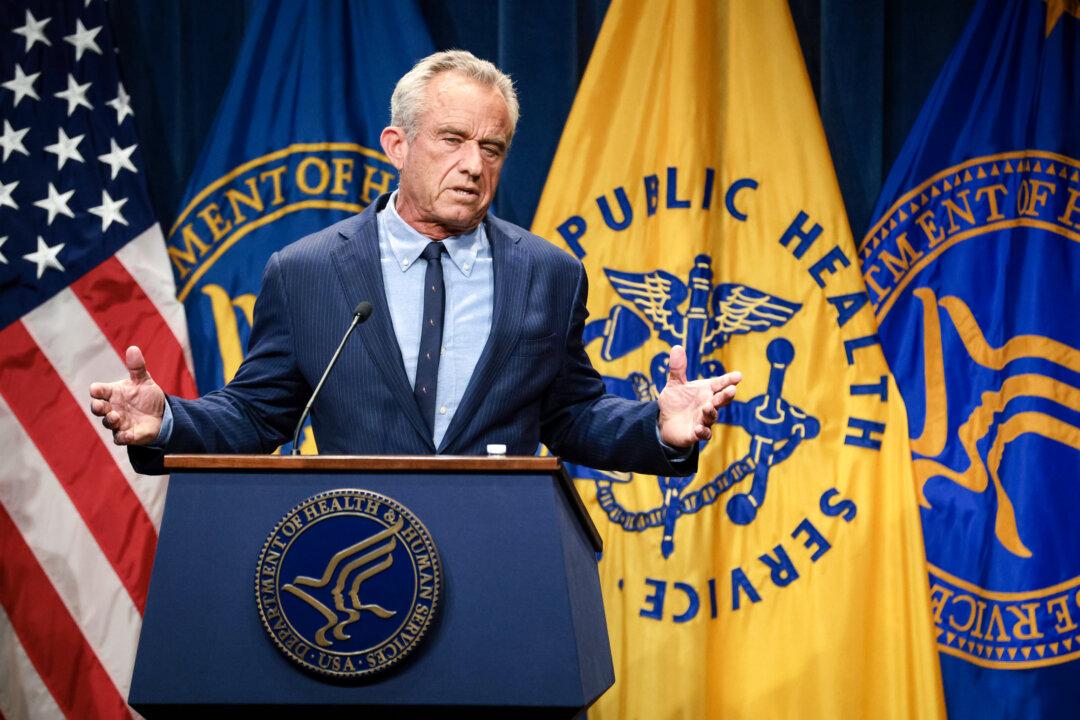Commentary
Under the cover of disease control, most nations in the world have lived through the equivalent of war—never officially declared as such and never officially ended with a peace treaty—and this has swept into place vast changes in our lives, politics, culture, and economy.





